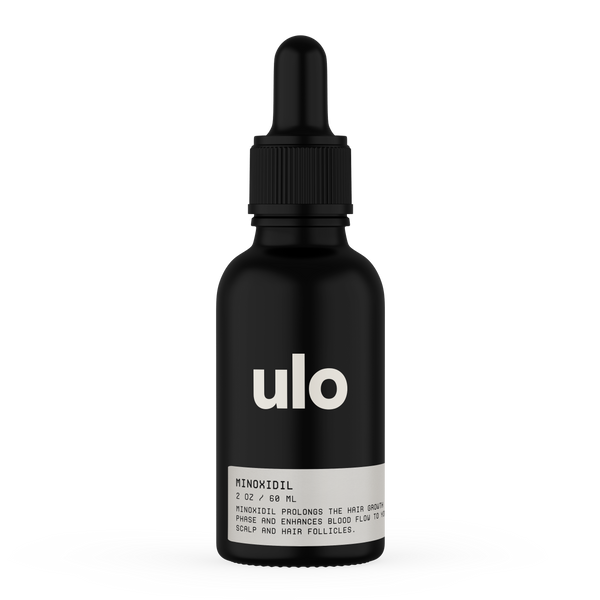Minoxidil Rx
Minoxidil is used as treatment for male hair loss. It is used to stimulate the regrowth of thicker and more abundant hair. Its efficacy extends to various triggers of hair loss, from male pattern baldness (androgenetic alopecia) and alopecia areata—an autoimmune ailment in which the body directs its immune response towards its own hair.
Topical Minoxidil is approved to treat male pattern baldness (androgenetic alopecia) by the FDA.
Strength
Addons
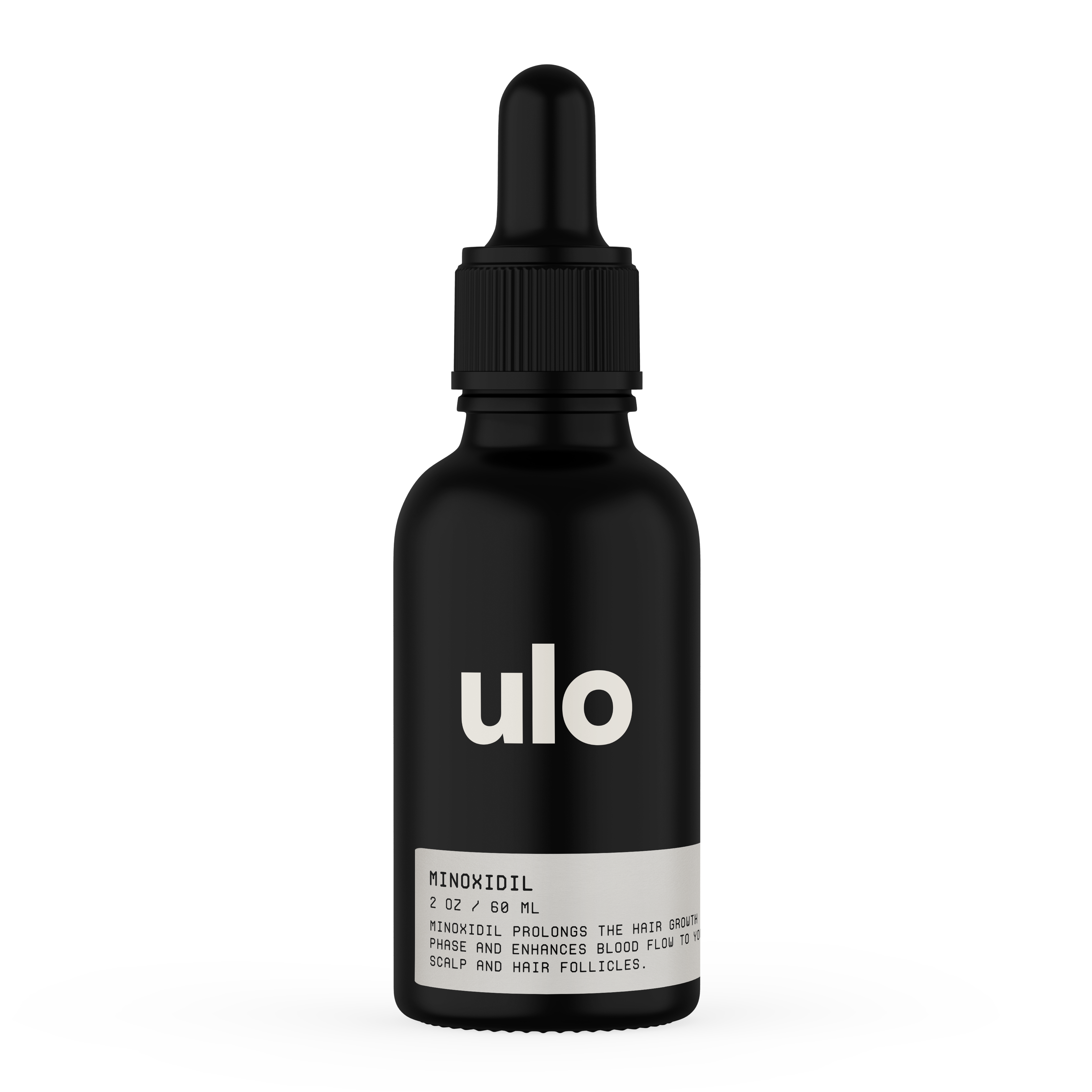
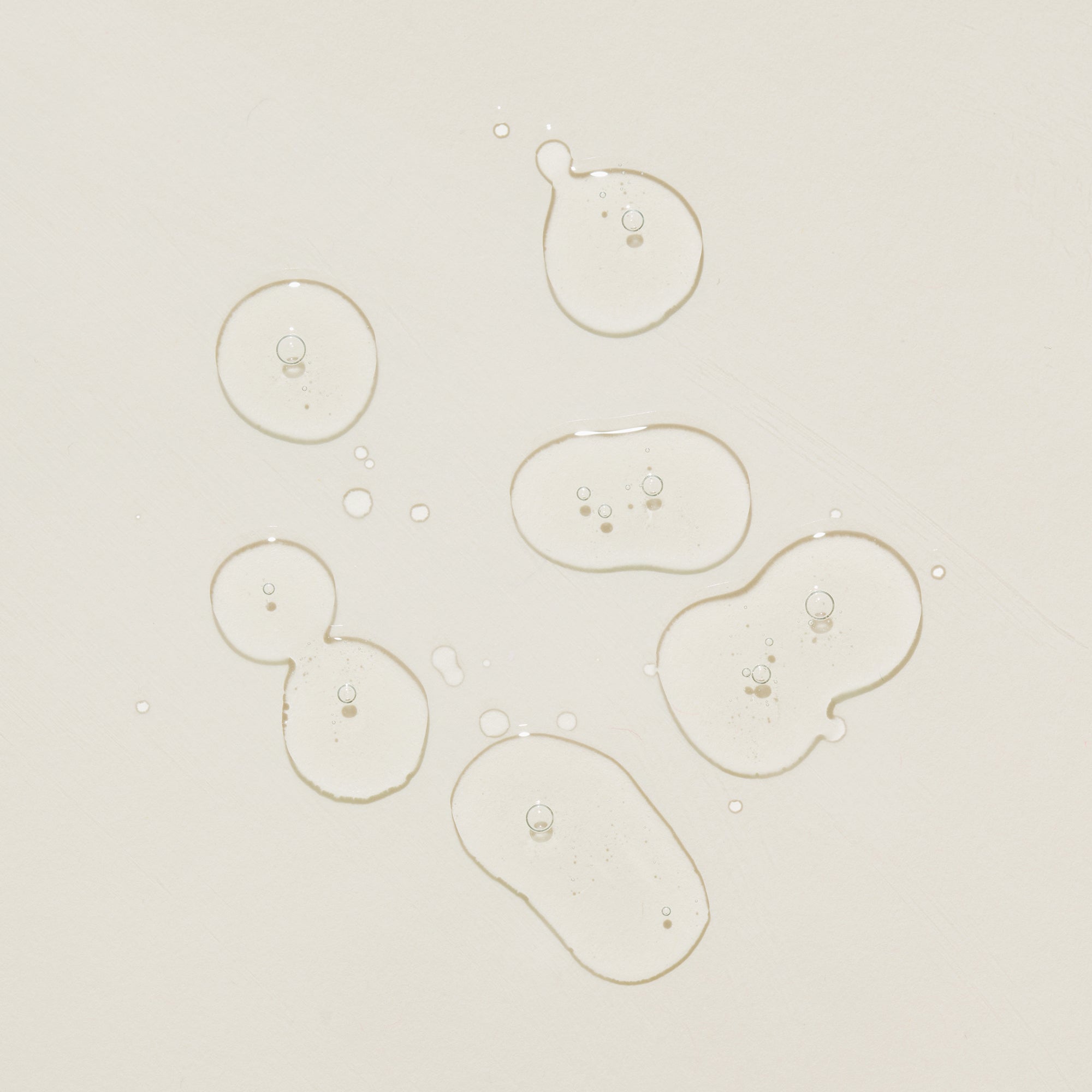
What is Minoxidil?
Minoxidil is one of two FDA-approved treatments for hair loss and has been approved for both men and women. Originally developed as an oral drug to treat high blood pressure, however, when patients started reporting unwanted hair regrowth after 3+ months of use, its manufacturers decided to reformulate it into a topical and begin testing it on men with androgenetic alopecia. Nowadays, minoxidil comes in both topical and oral forms, however, only the topical form is FDA-approved for hair loss.

How does Minoxidil work?
The in vitro evidence shows that minoxidil does have an effect on hair growth in more than one way. (1) It is a vasodilator that increases blood flow to the scalp, (2) as well as being a potassium channel opener which allows more oxygen, blood, and nutrients to reach the hair follicle.
The clinical evidence shows hair regrowth peaks in the first year, with a steady decline in growth in subsequent years. Continuous usage of the treatment maintained the number of non-vellus hairs – meaning that with continuous use, past 1 year, it is likely that the number of new hairs grown will be maintained.
What Is Minoxidil’s Regrowth Rate?
A well-designed study by Price et al. (1999) sought to determine the effect of 2% and 5% topical minoxidil on cumulative hair weight changes throughout 96 weeks of treatment.
Compared to the placebo and untreated groups, hair weight changes from 2% and 5% topical minoxidil were 20% and 30% higher for 2% and 5% topical minoxidil users at the 52-week mark, respectively.
Despite that 40-60% of topical minoxidil users don’t respond to treatment, after averaging out all participants’ hair growth results, most studies on topical minoxidil show that overall hair growth results are statistically improved.

Studies
Title: Changes in hair weight and hair count in men with androgenetic alopecia, after application of 5% and 2% topical minoxidil, placebo, or no treatment
Key Takeaways
 The 5% and 2% minoxidil treatment groups showed a statistically significant increase in mean percentage change in interval weight from baseline compared with placebo
The 5% and 2% minoxidil treatment groups showed a statistically significant increase in mean percentage change in interval weight from baseline compared with placebo Over 96 weeks, topical minoxidil induced and maintained an increase in interval weight over baseline of about 30%.
Over 96 weeks, topical minoxidil induced and maintained an increase in interval weight over baseline of about 30%. After treatment was stopped, hair weight and number counts for the minoxidil groups returned to about the same levels as placebo in 24 weeks.
After treatment was stopped, hair weight and number counts for the minoxidil groups returned to about the same levels as placebo in 24 weeks.Title: Efficacy and Safety of Oral Minoxidil 5 mg Once Daily in the Treatment of Male Patients with Androgenetic Alopecia
Key Takeaways
 There was a significant increase in total hair counts from baseline at weeks 12 and 24 (both p = 0.007).
There was a significant increase in total hair counts from baseline at weeks 12 and 24 (both p = 0.007). Photographic assessment of the vertex area by an expert panel revealed 100% improvement
Photographic assessment of the vertex area by an expert panel revealed 100% improvement The frontal area also showed a significant response but less than that of the vertex area.
The frontal area also showed a significant response but less than that of the vertex area.Additional Links & Studies
 Is topical minoxidil solution effective on androgenetic alopecia in routine daily practice?
Is topical minoxidil solution effective on androgenetic alopecia in routine daily practice?
 Minoxidil: a review of its pharmacological properties and therapeutic use
Minoxidil: a review of its pharmacological properties and therapeutic use
 Clinical utility and validity of minoxidil response testing in androgenetic alopecia
Clinical utility and validity of minoxidil response testing in androgenetic alopecia
 Novel enzymatic assay predicts minoxidil response in the treatment of androgenetic alopecia
Novel enzymatic assay predicts minoxidil response in the treatment of androgenetic alopecia
 Role of Oral Minoxidil in Patterned Hair Loss
Role of Oral Minoxidil in Patterned Hair Loss
 Low-Dose Oral Minoxidil for Alopecia: A Comprehensive Review
Low-Dose Oral Minoxidil for Alopecia: A Comprehensive Review
How ulo works


Select your desired treatment
Don't know where to start? We can help you with that.


Answer a few questions about your goals and health history
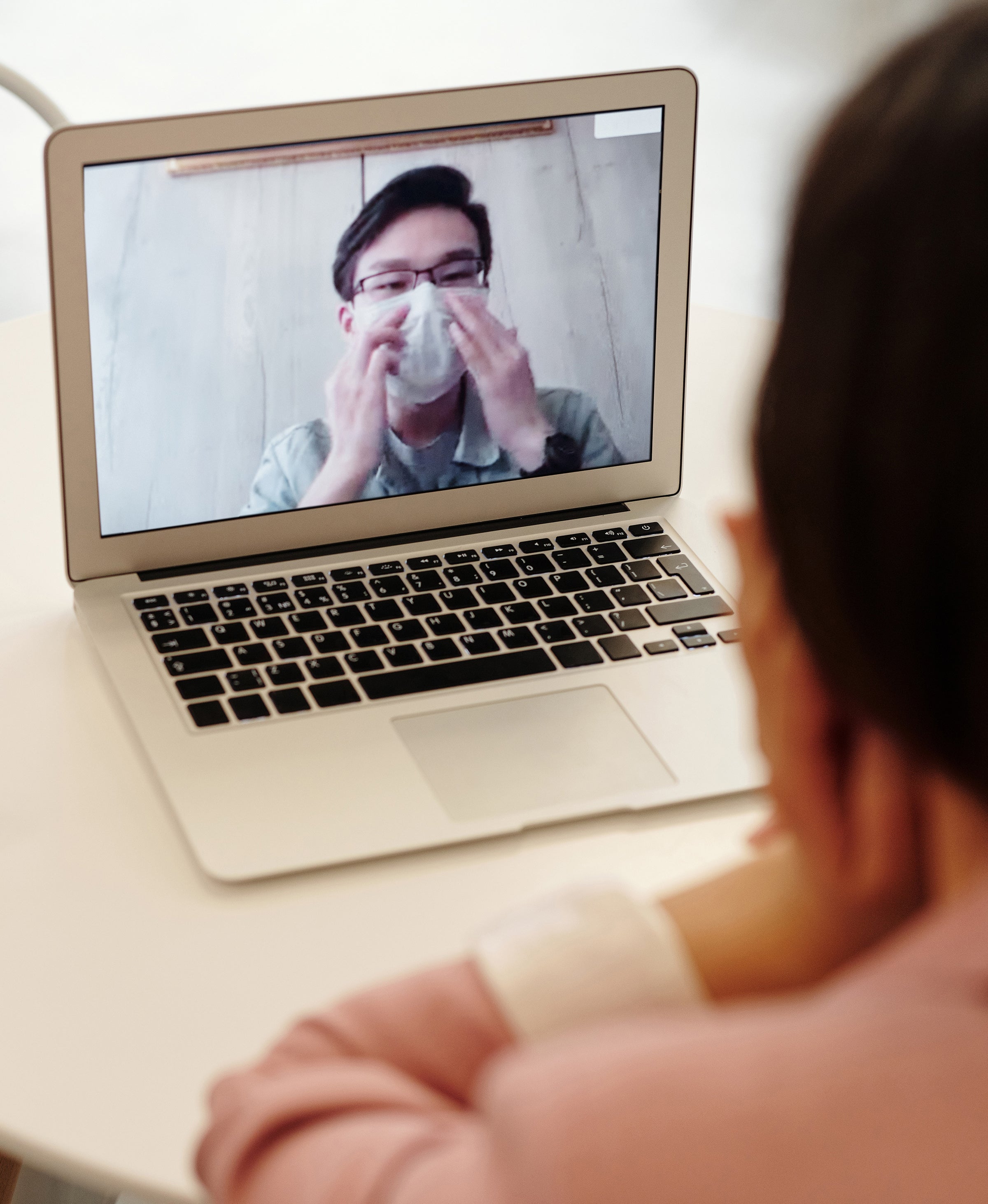

Match with a licensed provider


Get your quality medication delivered
Meet the Team
Hair Loss Medical Advisors


William Rassman
MD, Founder of the New Hair Institute (NHI)


Heidi Goodarzi, M.D.
Medical, Surgical, and Cosmetic Dermatologist
Related products

We believe in clean and responsible hair.
Every product we formulate is free of parabens, sulfates, phthalates, mineral oils, GMOs, and is always cruelty-free. Based on your preferences, we can make your formula vegan, silicone-free, or fragrance-free.
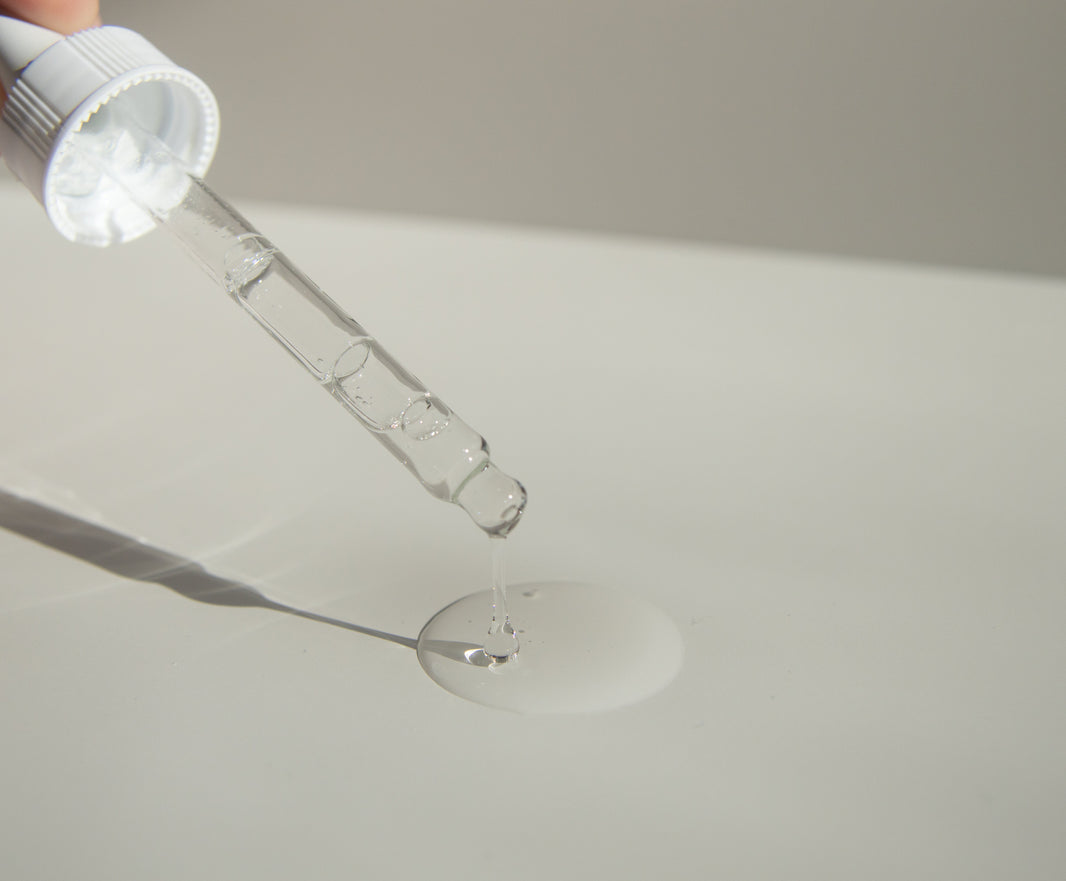
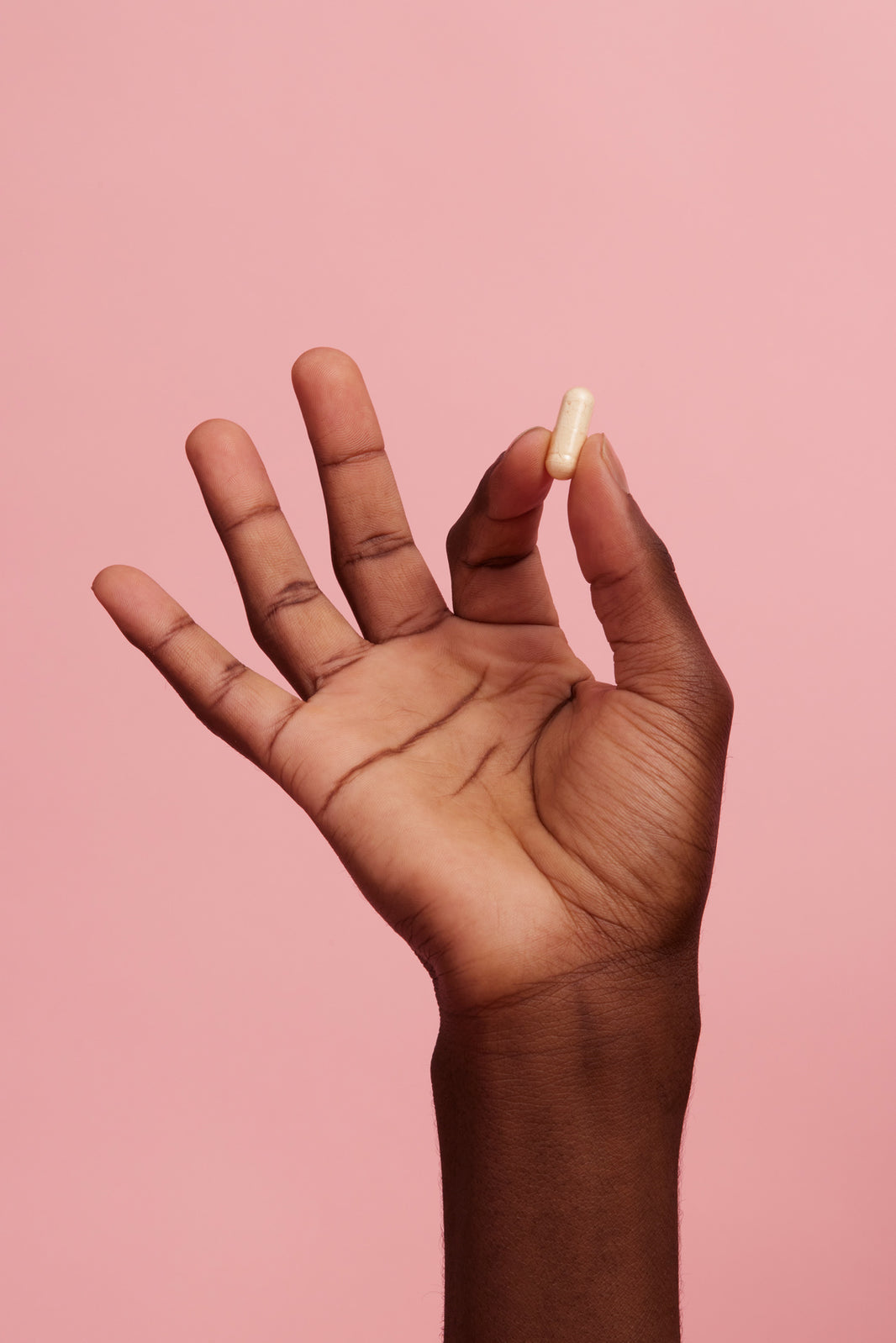
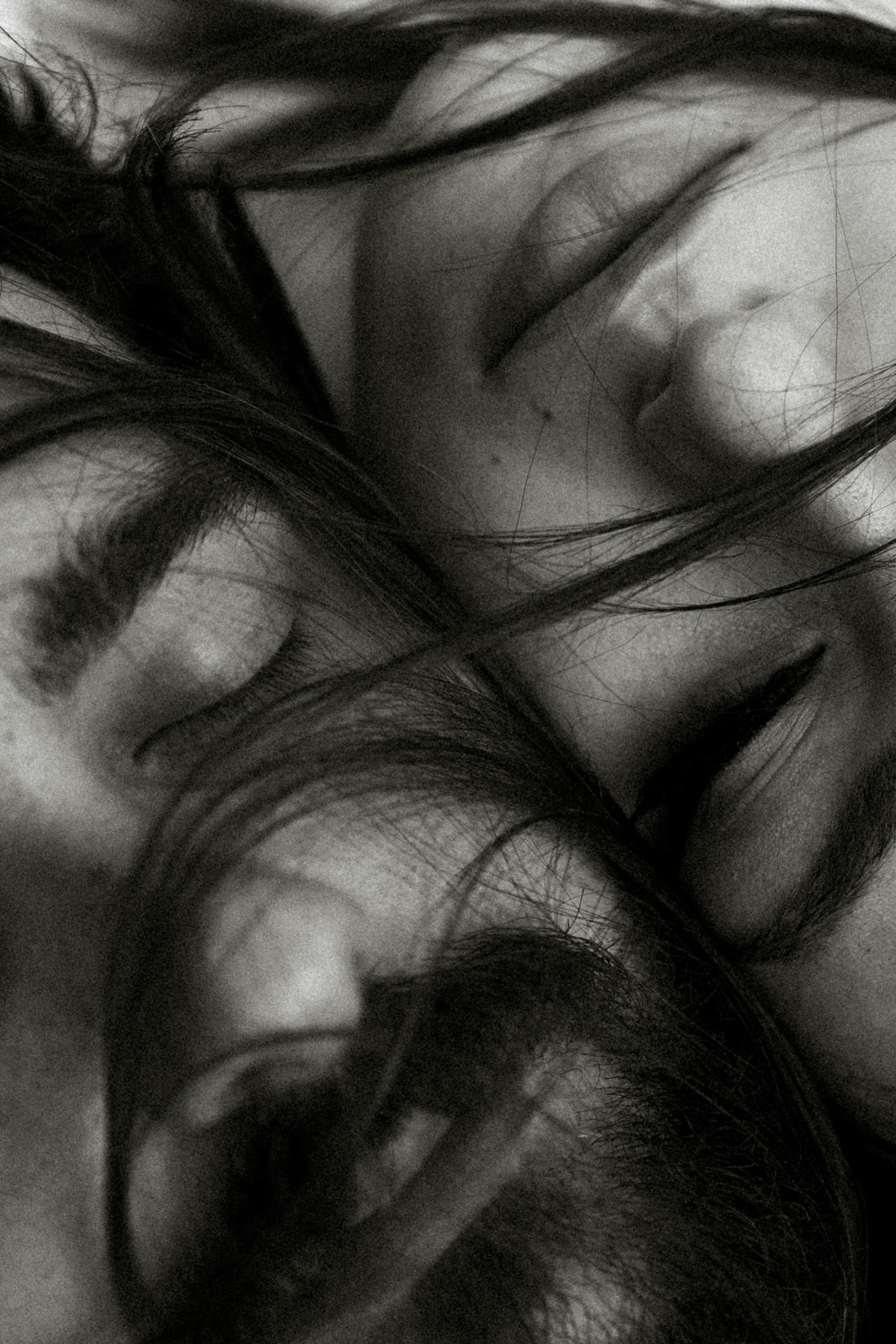
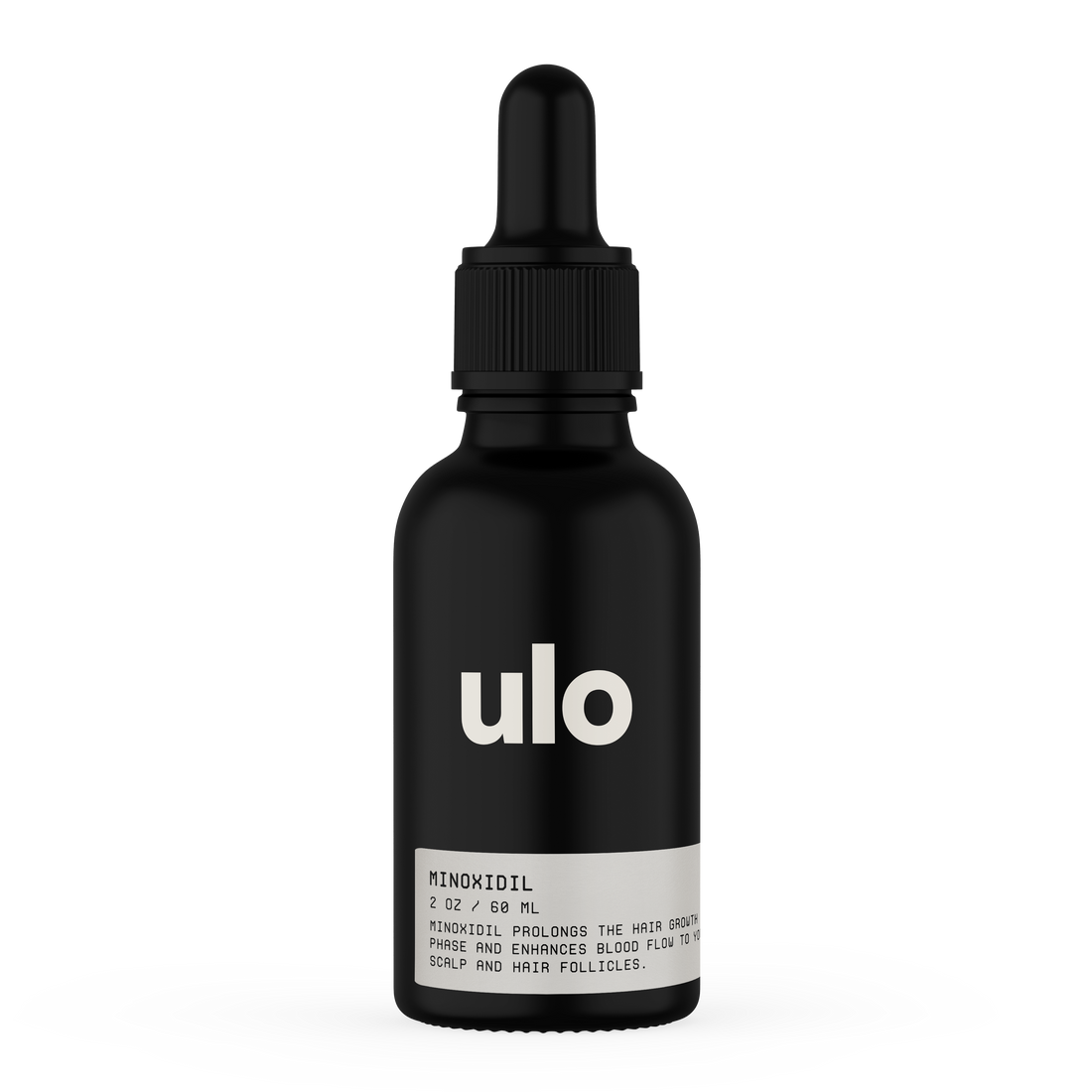
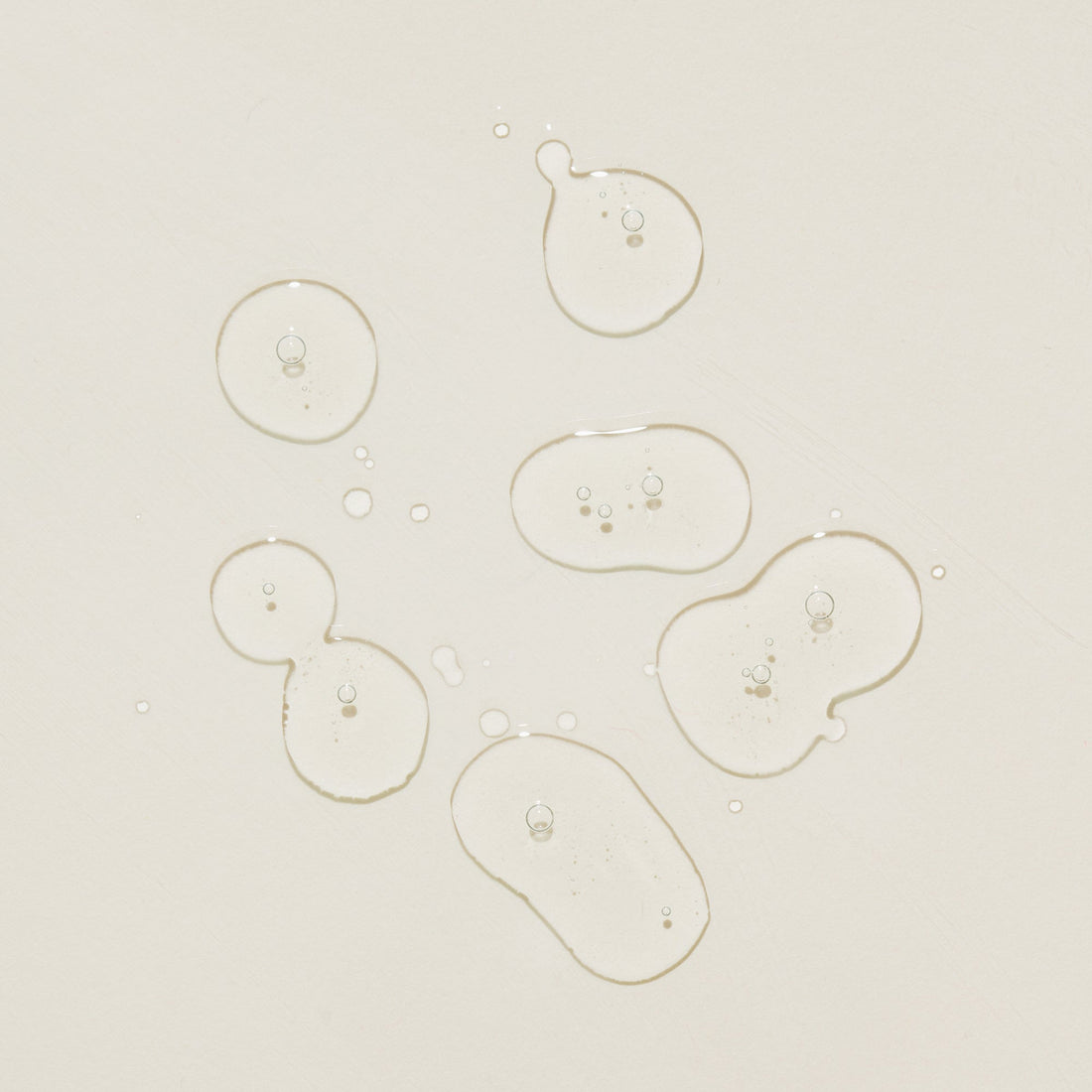
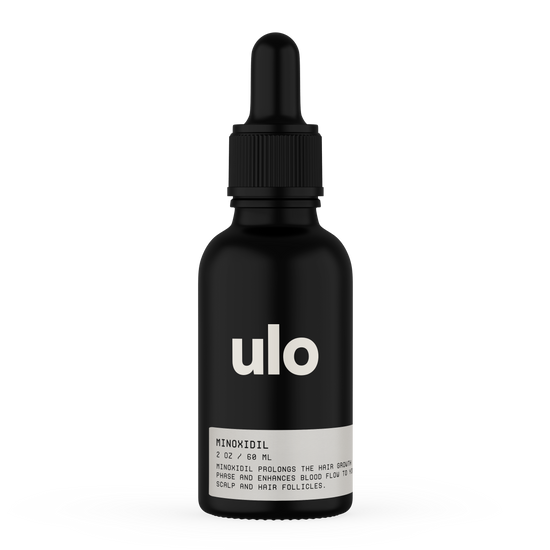
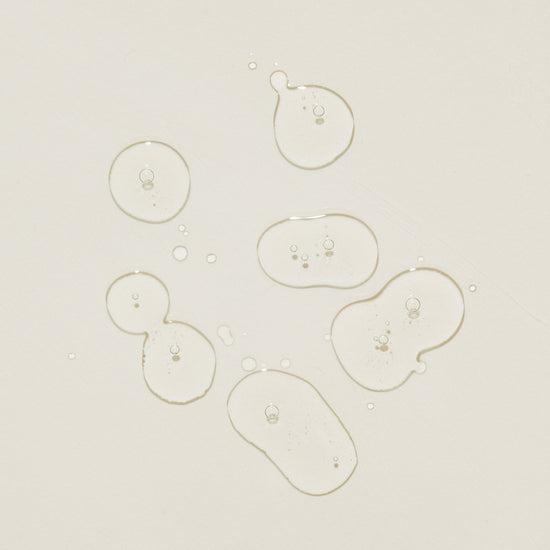

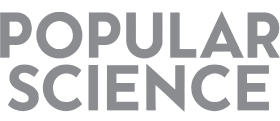


 Department of Dermatology, University of California, San Francisco
Department of Dermatology, University of California, San Francisco